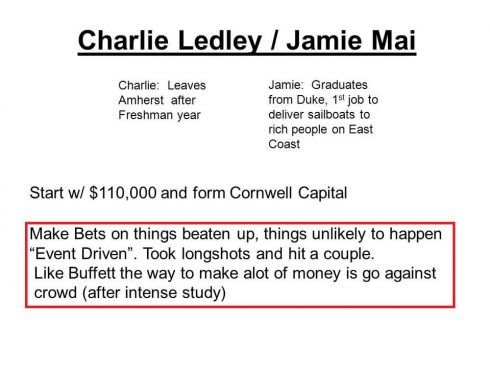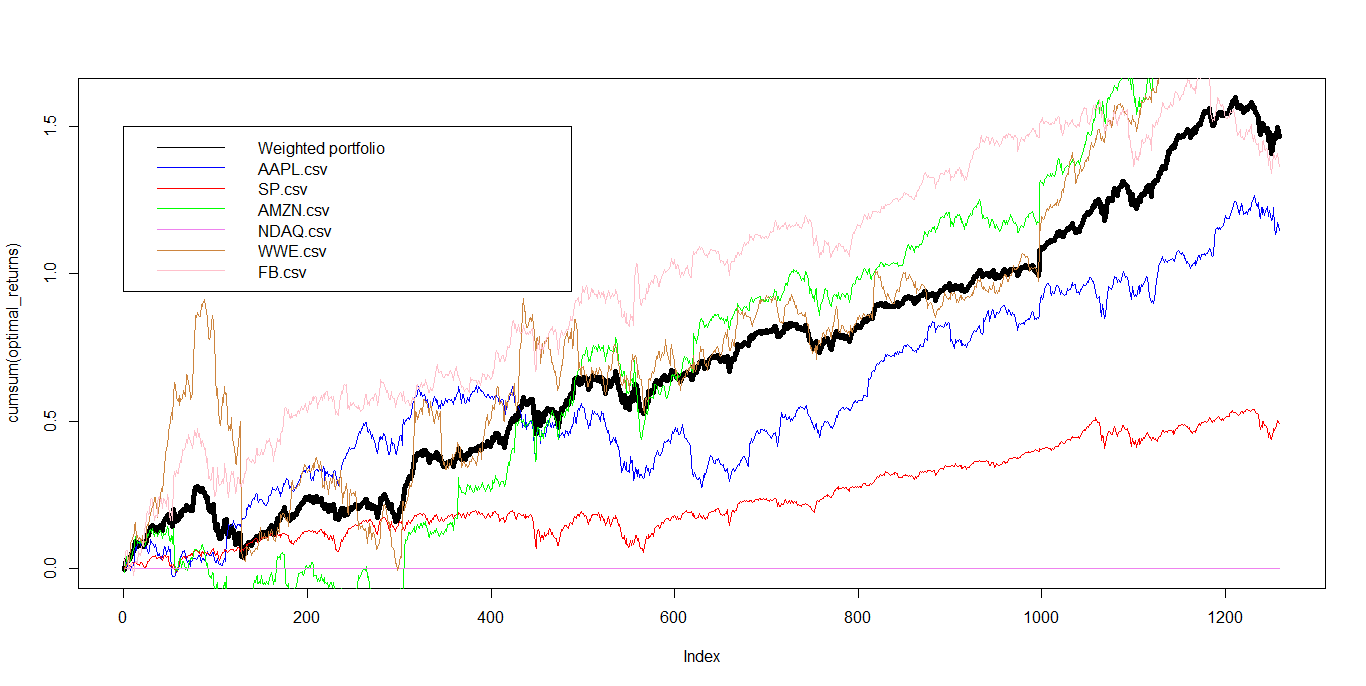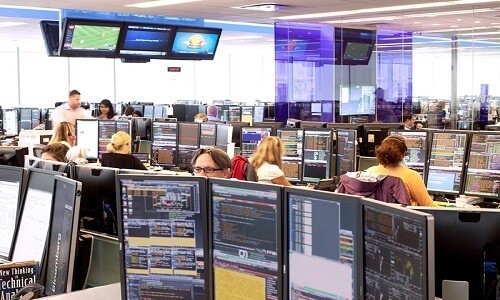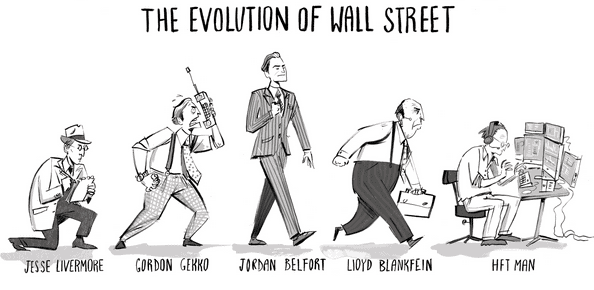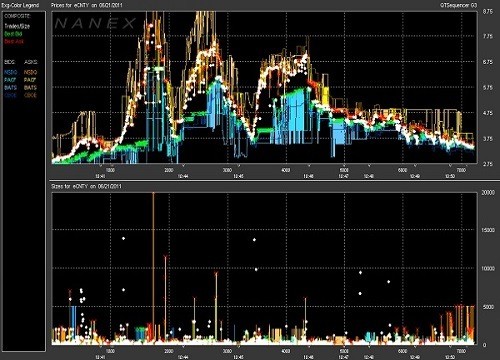Market News – April 5 2016
Market Action
The VIX equity volatility popped over 10% higher signaling a possible trend change for the S&P500. That could give the VIX another leg up to 18-20 area that prevailed earlier in March. The major indices are falling of the cliff and it’s about time for the S&P500 to follow their lead. The Nikkei lost a whopping 34% since its recent highest high in 2015. The Eurostoxx lost 28% since the highest high in 2015 and the Dax is even “stronger” with -30%. Is everybody nuts ? Its strange that nobody in the mass media is emphasizing the fact that the markets are in deep trouble. Remember the definiton of a bear market ? Prices that have fallen at least 20% from their recent high in the current business cycle. This means we already have most of the indices in this range, just waiting for the S&P500 to join the club.
What Causes A Bear market?
- Poor economic data which suggests a slowdown in economic growth.
- Uncertainty on a political or economic front.
- Realisation prices are overvalued (Bear Markets often follow asset bubbles where prices become divorced from reality)
- Irrational low confidence amongst investors.
You can checkmark for yourself which of the above mentioned things are already market reality. The second point “Uncertainty on a political or economic front” will definitely be a highlight ->
2nd April 2016, WikiLeaks publishes the records of a 19 March 2016 teleconference between the top two IMF officials in charge of managing the Greek debt crisis – Poul Thomsen, the head of the IMF’s European Department, and Delia Velkouleskou, the IMF Mission Chief for Greece. The IMF anticipates a possible Greek default co-inciding with the United Kingdom’s referendum on whether it should leave the European Union (Brexit).“This is going to be a disaster” remarks Velkouleskou in the meeting.
Market News
Wall of worry grows following Q1 GDP downgrades and deepening declines in Europe where the Euro Stoxx 50 closed deeper in the red. WTI crude is at $36.06 bbl. IMF Director Lagarde, who cited the chief global economic risks as: China, lower commodities prices for longer than thought and policy tightening. After meeting with German Chancellor Merkel, she said “The good news is that analysts have growth, there is a recovery underway, the good news is analysts have no crisis. But the bad news is that growth is fragile, growth is weak and risks on the horizon are increasing.”
- Valeant Pharmaceuticals (VRX) could be on the verge of a “significant inflection point” after the company announced that its board committee has not identified any additional items that would require restatements beyond those required by matters previously disclosed. Valeant’s financial misstatements so far do not support the fraud allegations.
- Origin Agritech (SEED) and DuPont Pioneer, the advanced seed and genetics business of DuPont (DD), announced a commercial licensing agreement to develop new seed technologies for Chinese farmers.
- Marvell (MRVL) founders are leaving the company. Analysts say it will serve as a catalyst and result in a restructuring and/or sale of some or all of its businesses, which may unlock shareholder value.
- Jayhawk Capital sent an open letter on April 5 to the Board of Directors of China Cord Blood Corp (CO). Letter excerpt: ” It is clear that the Board should accept a privatization offer only if ALL shareholders will receive the same $15+ per share ($6.40 in cash and $8.68 in Nanjiang Xinjiekou Department Store, NXD shares) at which Golden Meditech Holdings has agreed to sell its stake. China Cord has been performing strongly and is expected to continue to do so as the effect of the Chinese Government relaxing the one-child policy begins to be felt more dramatically. China Cord is generating cash of approximately $25 million per quarter. Profit guarantees included in the NXD agreement indicate profits of at least $46 million in 2016, $56 million in 2017 and $67 million in 2018. Assuming the convertible bonds are redeemed by using cash on the balance sheet, these profit guarantees would suggest a stock price of $35 per share. If China Cord had not issued the convertible bonds or share-based compensation or dilutive secondary transactions and bought back shares using the cash generated during the previous six years as Jayhawk repeatedly suggested privately and publicly, the stock price could be approximately $90 per share.
